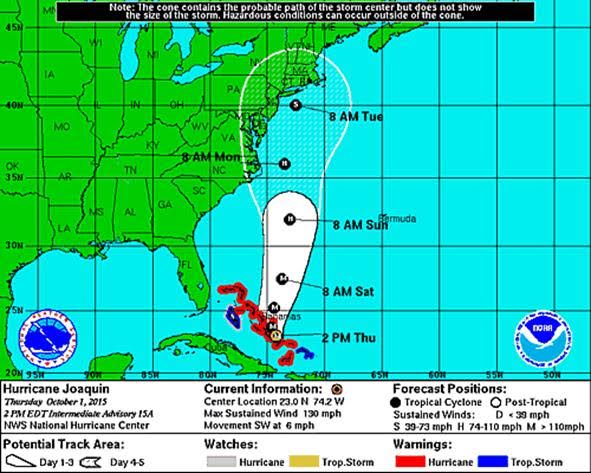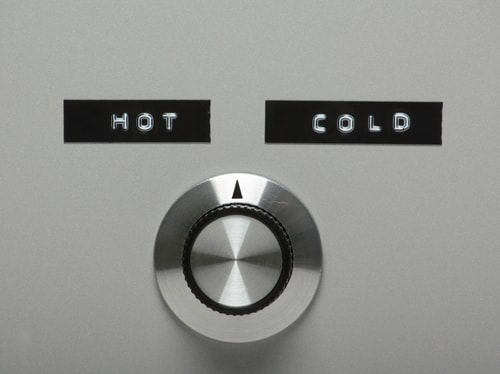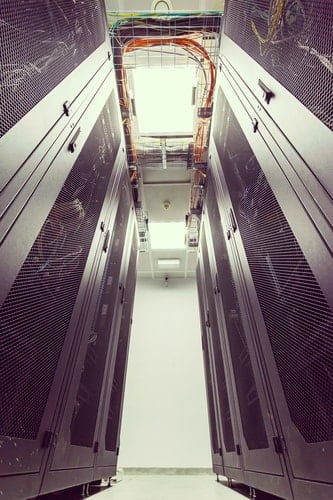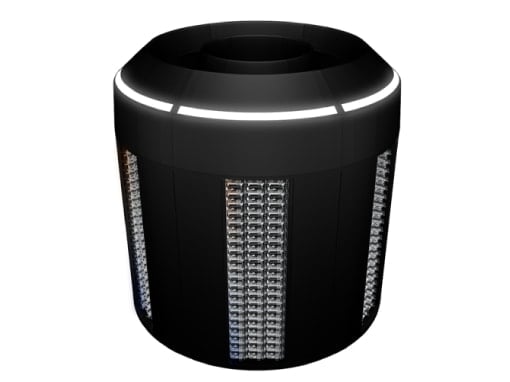
This Week in Getting Hacked: Troll Edition
September 30, 2015
Colocation America PSA: Hurricane Joaquin
October 2, 2015When one thinks of data centers, it’s inevitable that rows and rows of server-racks in a giant room comes to mind. It’s been that way forever. Hot-aisle, cold-aisle—it’s all been analyzed to death. The racks are propped up off the floor a few inches for airflow, giant air-conditioners push cold air and suck hot air between the aisles.
We’ve written recently about data center cooling both on innovations to current technology and completely new ways to cool servers — but what else do we know about data center aisles? Where are they going, which ones are best? Let’s find out:
Hot or Cold? Which Is Better for Your Data Center?

With so many data centers trying to cut costs to keep their customers on board, many are trying new or innovative ways to cut costs.
And one of the major power consumers is keeping the data center cool to run the equipment at optimum efficiency. And as I’m sure you all know, footing that power bill for air conditioning can make your wallet pretty light.
That’s why many years ago most data centers went to a containment structure with separates the cold airflow from the hot airflow caused by the exhaust of the equipment.
Containment is ingenious because it creates a predictable air-temperature to the intake of the equipment and also causes a drier, warmer return air to the AC units.
But containment does lend itself to an intriguing question:
Is It Better to Contain The Hot Aisle or The Cold Aisle?
According to a study done by Intel and some of their partners, the point of it all is this:
“One thing to keep in mind, the goal of both hot and cold aisle containment is the same: to improve IT equipment intake air temperatures and create an environment where changes can be made to reduce operating cost and increase cooling capacity.”
However, that doesn’t really answer the question. Which leads us to the nitty-gritty.
Cold aisle containment is comprised of doors on the ends of the cold aisles as well as some type of roof or partition over the cold aisle.
Hot aisle containment has those same doors on the ends of the hot aisle and some type of ductwork from the hot aisle to the AC return vents.
For the purpose of discussion, let’s assume that our made-up data center is built so that either hot aisle or cold aisle containment is an option. In this instance hot aisle could be the better option because of efficiency and something called ride-through advantages.
But since our made-up data center is perfect, it might not be the best for all. Because of this we need to know the difference between hot and cold aisle containments.
What Are The Differences Between Hot and Cold Aisle Containment?

Let’s take a look at the pros and cons of each (detailed more at Upsite Technologies) before we make our decision:
Pros of Cold Aisle Containment:
- Much easier to implement as it does not require additional build to contain exhaust air and return it to the AC units
- Only requires doors at the ends and a partition or roof at the top
- Usually less expensive
- Easier to retrofit into an older data center
- Enables more surface area for “cold sinks” in the event of a power & generator failure
Cons of Cold Aisle Containment:
- The overall data center becomes the hot aisle which makes the space extremely hot, which could result in higher extreme exhaust temperatures.
- Increases mixing of return air which lowers the delta T
- Conditioned air could leak from the raised floor and openings under the equipment which reduces the efficiency of the system as a whole.
- Could obstruct fire detection for the overall data center space
Pros of Hot Aisle Containment:
- The open area of the room is a cold environment
- Leakage from the conditioned air goes into the cold space
- Generally more effective at cooling
- Can perform well in most data center environments
- Standard fire detection systems can still be used
Cons of Hot Aisle Containment:
- Generally more expensive
- Requires a contained path (the ductwork mentioned earlier) to get air back to the AC units
- Higher temperatures in the hot aisle can create uncomfortable temperatures for IT technicians.
That’s great for current data center aisle technology and all, but what else is out there that could improve on the data center aisle cooling infrastructure? It’s been around for so long, that it certainly can’t be the only way to cool a data center, right?
Fortunately, to keep things interesting and efficient, a company called Vapor IO wants to change the landscape of data center aisles to data center… cylinders?
How Aisles Will Become Cylinders

Photo Credit: Vapor IO
Yevgeniy Sverdlik of datacenterknowledge.com describes the cylinders as “round black cylinders that resemble developing tanks for film but 9 feet in diameter.”
Vapor IO is calling it the Vapor Chamber and it’s certain to be mentioned in the next Sci-Fi thriller, but it might be coming a little bit closer to home sooner than you might think.
The company says that their Vapor Chamber is much less expensive to operate than the typical hot aisle-cold aisle data centers.
Now before you get any ideas of Vapor Chambers in large data centers like Apple’s or Google’s in which some cylinders may hold servers while others hold the carbonite-frozen carcass of Steve Jobs—Vapor IO claims that their cylinders are for what’s known as “edge data centers” or the ones that are popping up in more rural and suburban towns of the world.
In fact, Vapor CEO, Cole Crawford, said that his Vapor Chamber is for the Internet of Things cloud-based infrastructure—which, as you might have read, is all about bringing the internet (and more specifically the cloud) to the very “edge” markets of the world. Said Crawford, “That cloud is powered and looks very different than the general-purpose cloud, and economics for that are very different as well.”
You can read more about Vapor Chamber here, but what’s next?
We know that not all data centers are the same and considerations must be taken to ensure you’re making the correct choice. Cold aisle containment very well could be better for your particular data center based on some of the pros-parameters listed above. So just make sure you know what kind of data center you’re dealing with before making the decision, but do also keep in mind that even though hot aisle has more upfront cost, it’s a much more efficient system—which is better for the long run, of course. Or you can go a completely different direction and use oil submersion or Vapor Chamber cylinders.
Either way, data center cooling is surely a hot topic (I’ll stop making that pun eventually, I promise.)
